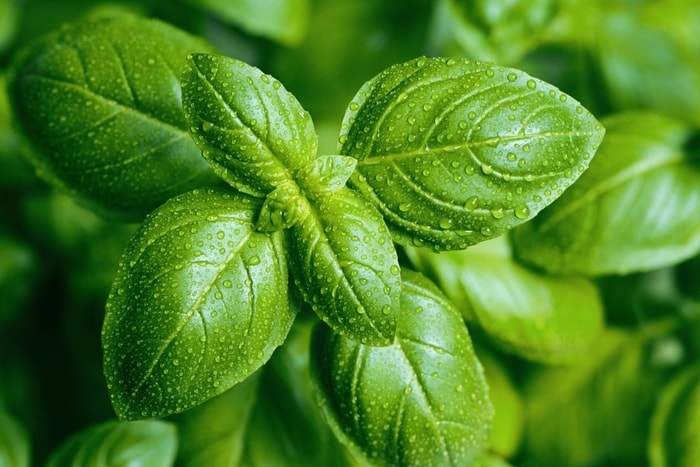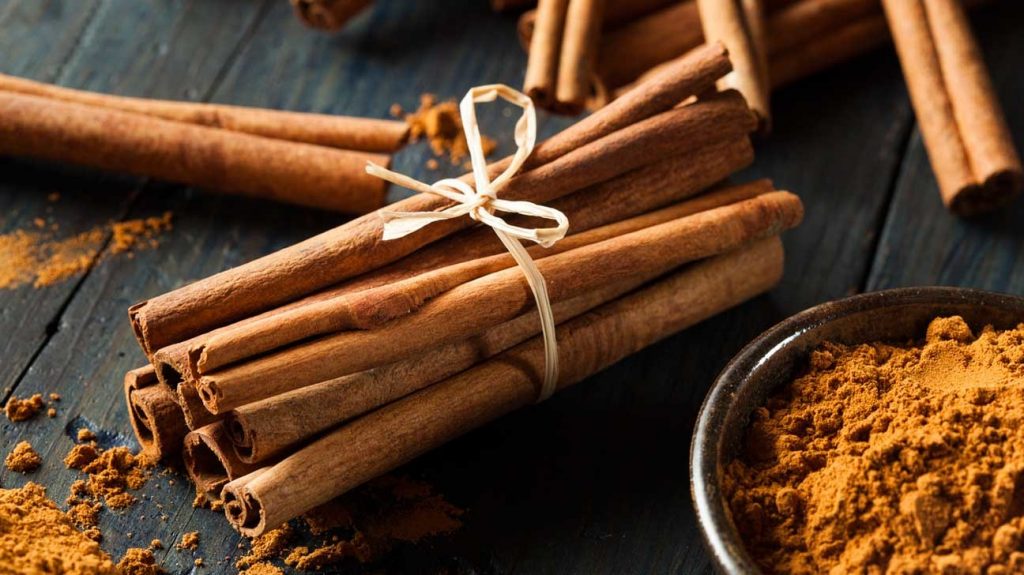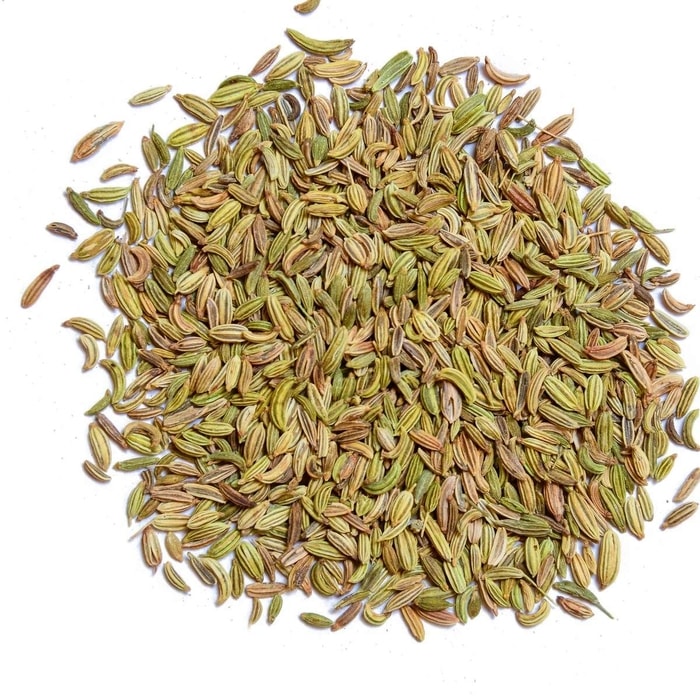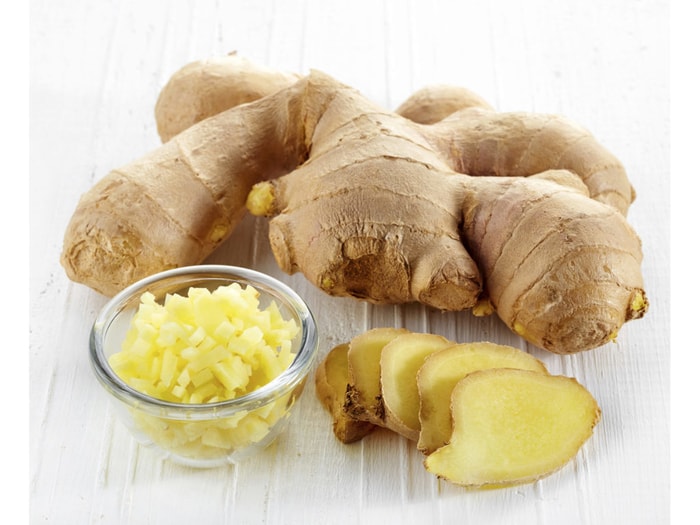Why Natural Remedies Are Much Preferred
Whether you’re travelling by car or hitting the high seas this summer, you’ll want to carry some of the best natural remedies for an upset stomach. Most people already know about peppermint, but mints are not the only great natural remedies for indigestion and nausea. Here are several of my other favorites:
BASIL

You’re probably more likely to think of basil as an accompaniment to tomato dishes, but that’s not all this delicious herb is good for. It can be helpful if you have an upset stomach, cramping or gas. Basil contains linoleic acid that is anti-inflammatory and can help reduce gut inflammation. To reap the benefits, add more dried or fresh basil to your meals. If using fresh basil, add it to your meal after you’ve removed it from the heat to help retain maximum flavor and potency. For a quick remedy: add a half-teaspoon of dried basil or a few leaves of fresh basil to a cup of boiled water. Let steep for at least 10 minutes and then drink.
CINNAMON

While cinnamon is primarily known for its delightful taste and anti-infectious properties, These are also great natural remedies for gastric inflammation and the resulting indigestion and nausea that are associated with it. Cinnamon contains a compound known as cinnamaldehyde that kills the harmful bacteria H. pylori that is linked to ulcers and inflammation of the gastrointestinal (GI) tract. You can sprinkle dried, ground cinnamon on lattes or chai lattes, but you can also add it to baked fruit dishes, Moroccan-inspired meat or vegetable dishes, soups and stews.
ENZYMES
Our bodies naturally produce enzymes to digest food but the supply may not meet the demand when we eat heavy or rich meals on a regular basis. Also, our enzyme supply tends to become depleted as we age so it’s a good idea to supplement with a full-spectrum digestive enzyme. Our symptoms of indigestion may be a sign that our body is struggling to digest the meal we ate so an enzyme supplement may give it the help it needs.
Ideally, it should contain a wide range of enzymes since each one serves a unique purpose: lipase aids fat digestion, protease aids protein digestion, amylase assists with carbohydrate digestion, lactase assists with digestion of dairy sugars, cellulase and hemicellulase assist with breaking down plant fiber. Follow package directions.
FENNEL

The vegetable and its seeds are highly therapeutic for nausea, flatulence and indigestion. And, it’s even beneficial if your nausea is linked to abdominal cramps from PMS. You can brew a tea from fennel seeds or take a single drop of fennel essential oil on your tongue to help ease indigestion. Of course, make sure the essential oil you select is a high quality product that indicates its suitability for ingestion on the label because there are many inferior products on the market, including some that contain harmful solvents. Always conduct a skin patch test before using to ensure you’re not sensitive to it.
GINGER

Most people have heard about ginger’s seeming magical ability to ease nausea and indigestion. While they may reach for ginger ale, it is far superior to choose ginger tea to ensure adequate amounts of the active ingredients known as gingerols. These compounds have been found in many studies to ease nausea, vomiting, indigestion and other uncomfortable digestion-related symptoms.
Ideally, clean a 2-inch piece of fresh ginger and cut into thin slices. In a medium-sized pot, add the ginger to a quart of water and bring to a boil. Reduce to a simmer, cover, and allow to simmer for about 45 minutes. Strain and drink. If you can’t wait that long, it’s fine to ladle a cup of the ginger tea after at least 10 minutes. Alternatively, you can purchase ginger tea bags. Brew as directed.
PROBIOTICS
Probiotics can reduce inflammation in the gut and help address any bacterial or yeast overgrowth that could be causing indigestion, nausea or cramping. Ideally, take a supplement that contains a wide range of probiotic strains. Ideally, it would contain: L. acidophilus, L. brevis, L. bulgaricus, L. plantarum, L. reuteri, L. rhamnosus, L. salivarius, B. bifidum, B. breve, B. lactis and B. longum. L. stands for Lactobacillus and B. stands for Bifidobacteria.
Source:www.care2.com

















